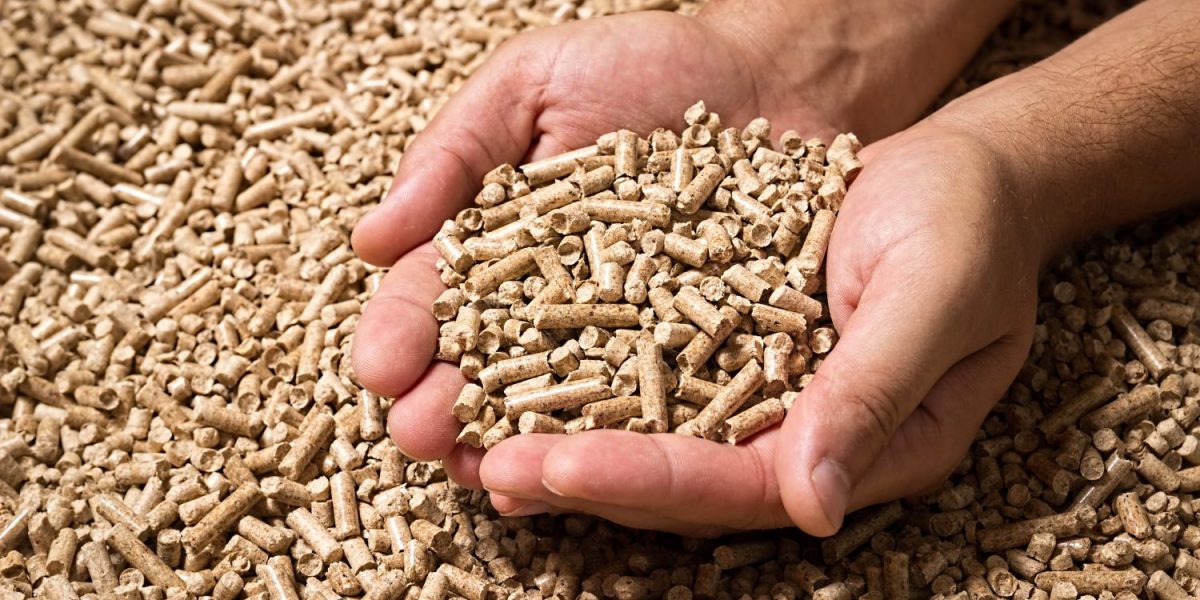You’ve seen the headlines: Wood bioenergy “emits more carbon than coal.” “Biomass is actually dirtier than coal.” Claims like these are common among anti-forestry campaigners critiquing renewable wood bioenergy.
But here’s the truth – these claims are not backed by science. In reality, wood bioenergy emits far less carbon on net than coal energy.
The reason behind this is relatively straightforward: Sustainable wood biomass is renewable, and when you factor in the carbon sequestration from newly-planted trees in growing forests, the energy produced by wood bioenergy releases significantly less carbon than coal. This has been demonstrated by multiple studies from leading scientists across the world and has been confirmed by top climate bodies such as the UN Intergovernmental Panel on Climate Change (IPCC).
Wood Bioenergy Is A Small Part Of Growing US Forests
Wood bioenergy is a small part, about 3% of the total annual harvest in the U.S. Southeast, of a vast and highly-sustainable forest products industry in America. Due to strong demand, privately owned forests are growing some 40% more wood than they harvest, capturing more carbon than is released by all wood product uses, including bioenergy. If the forest as a whole is growing and sequestering carbon faster than what is lost from removals, the system as a whole is producing significant carbon savings compared to fossil fuels.
Wood Bioenergy Complements Wind And Solar
Wood bioenergy produces baseload energy, energy that supports the backbone of the power grid and can be quickly ramped up or down depending on demand. By contrast, today solar and wind are intermittent power sources; they don’t provide baseload energy. In other words, wood bioenergy complements solar and wind by replacing coal, the dirtiest energy source on Earth and currently the baseload source of energy for much of the world. They are not competing energy sources, but rather complementary ones. Moreover, wood bioenergy is one of the easiest ways to achieve lower-carbon baseload energy, since existing coal plants can be quickly retrofitted to run on wood biomass in a cost-effective manner.
Studies Confirm – Wood Bioenergy Reduces Carbon Compared To Fossil Fuels By Well Over 70 Percent
According to a recent report from researchers at the University of Georgia and the US Forest Service, wood bioenergy has “considerably lower” carbon intensity than coal-based electricity. They estimate than wood bioenergy yields a “77% to 99% carbon savings for power generation compared to its fossil fuel alternative.” This results in “high carbon savings in the biopower sector compared to fossil fuel.”
Researchers from the University of Illinois agree. They note than wood bioenergy in the form of wood pellets is “more environmentally friendly than coal.” They conclude that the “greenhouse gas intensity of wood pellet-based electricity is between 74 to 85 percent lower than that of coal-based electricity.”
Leading Researchers And Global Climate Science Bodies Agree With These Findings
In 2019, over 100 leading university scientists from around the world embraced the environmental benefits of wood bioenergy, signing on to a letter published by the National Association of University Forest Resource Programs (NAUFRP) confirming that wood biomass decreases carbon emissions compared to fossil fuels. They wrote that:
“The long-term benefits of forest biomass energy are well-established in science literature…Forest biomass energy yields significant net decreases in overall carbon accumulation in the atmosphere over time compared to fossil fuels.”
This follows a 2019 special report from the United Nations IPCC on Climate Change and Land, which also embraced the environmental credentials of bioenergy as a necessary mitigation measure the world should employ in its effort to limit global warming to 1.5°C.
“Sustainable forest management can reduce the extent of forest conversion to non-forest uses. Sustainable forest management aimed at providing timber, fiber, biomass, non-timber resources, and other ecosystem functions and services, can lower GHG emissions and can contribute to adaptation. (high confidence).” (SPM B5.4, page 25)
“All assessed modelled pathways that limit warming to 1.5ºC or well below 2°C require land-based mitigation and land-use change, with most including different combinations of reforestation, afforestation, reduced deforestation, and bioenergy.” (SPM B7, page 26)
“In the long term, a sustainable forest management strategy aimed at maintaining or increasing forest carbon stocks, while producing an annual sustained yield of timber, fiber, or energy from the forest, will generate the largest sustained mitigation benefit,” the report explains. (Ch 4, 4.8.5, page 66)
That wood bioenergy reduces net carbon emissions compared to coal is well-established in the scientific literature, and those claiming otherwise should reconsider their position based on the strength and breadth of the evidence.

